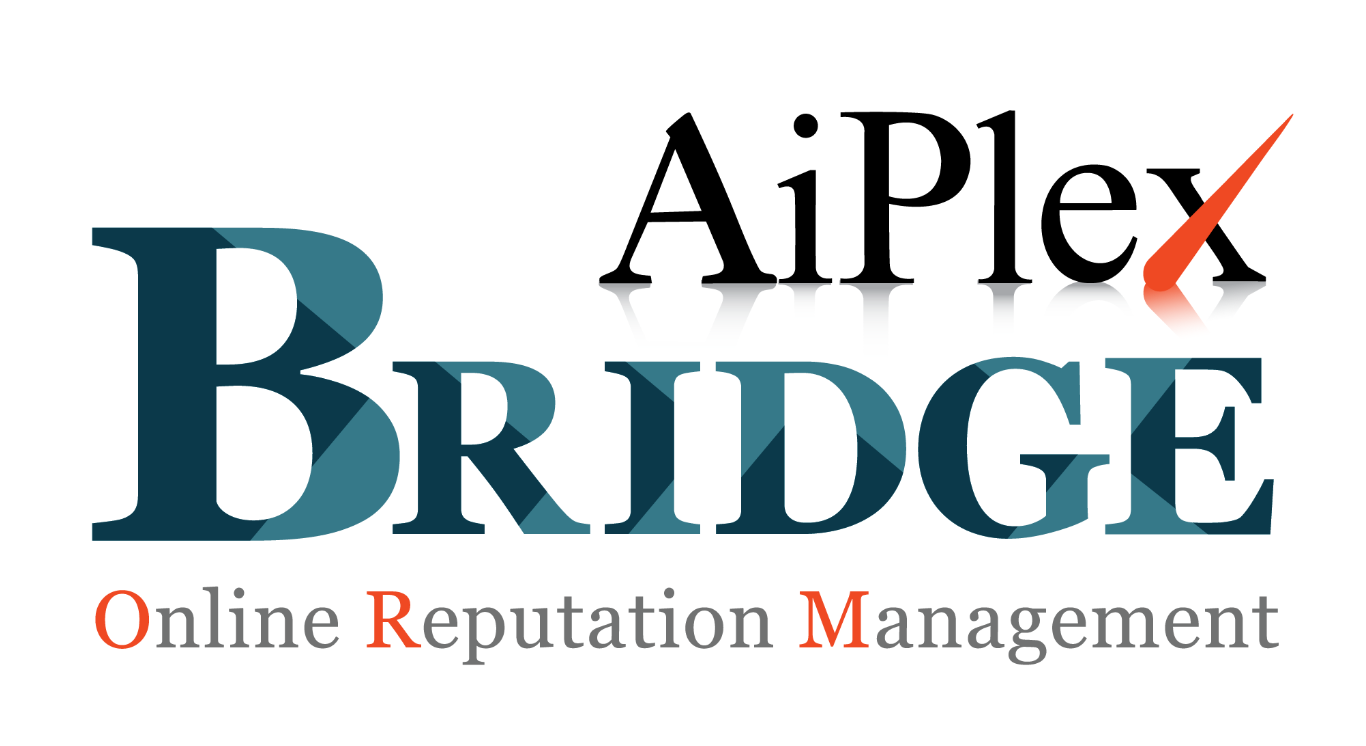
Online Reputation Management For Co-Living Spaces
by AX Admin | Jan 8, 2024 | Online Reputation Management
The co-living market is booming, but in this competitive landscape, building trust is crucial. Online reputation management (ORM) for co-living spaces has become paramount, acting as the bridge between your business and potential residents. This guide empowers you to take control of your online narrative and craft a stellar reputation that attracts residents and fosters a thriving community.
Transparency & Fairness: Laying the Foundation
Building trust starts at the ground level. Prioritize transparency and fairness in everything you do, from clear communication and open policies to respectful interactions with residents and property owners. Ditch hidden fees, murky policies, and opaque communication. Embrace openness about inspections, maintenance schedules, and dispute resolution processes. Remember, your online reputation is a reflection of your core values, so let transparency be your cornerstone.
Tuning into the Conversation with Social Listening
Building trust requires active listening. Embrace social listening by proactively monitoring online conversations about your co-living space across platforms like review sites, social media, and even general forums.
This allows you to:
- Address concerns quickly and effectively.
- Capitalize on positive feedback.
- Identify areas for improvement.
Think of it as having your finger on the pulse of the online community, understanding their needs and concerns to craft a stronger, more responsive co-living experience.
Seamless Customer Journeys: Weaving Loyalty Threads
Your customer journey should be a tapestry woven with care and attention. Invest in exceptional customer service, ensuring prompt responses to inquiries, clear communication, and readily accessible staff. Train your team in empathy and professionalism, transforming interactions into meaningful connections that foster loyalty. Actively seek feedback through surveys and open communication channels, using it to continuously improve your services and demonstrate your commitment to customer satisfaction. By prioritising seamless customer journeys, you weave threads of trust and loyalty into the fabric of your co-living community.
Weaving Loyalty Threads with Seamless Customer Journeys
Your customer journey should be a tapestry woven with care and attention to detail. Invest in exceptional customer service, ensuring prompt responses to inquiries, clear communication, and readily accessible staff. Train your team in empathy and professionalism, transforming interactions into meaningful connections that foster loyalty. Actively seek feedback through surveys and open communication channels, using it to continuously improve your services and demonstrate your commitment to customer satisfaction. By prioritizing seamless customer journeys, you weave threads of trust and loyalty into the fabric of your co-living community.
Proactive ORM: Building a Fortress of Trust
Your online reputation is a fortress, and Online Reputation Management (ORM) tools are your knights in shining armour. These tools help you monitor brand mentions, manage reviews, and build a positive online presence. Utilise them to track progress, identify areas for improvement, and measure the effectiveness of your online reputation management efforts. Remember, an ORM tool is just that – a tool. True success lies in actively engaging with your online community, addressing concerns head-on, and demonstrating a genuine commitment to improvement.
Building Lasting Value with Reliable Foundations
Thorough pre- and post-tenancy inspections minimize disputes and ensure smooth transitions, setting a solid foundation for your online reputation. Prioritize property maintenance, responding promptly to requests and keeping common areas pristine. Financial integrity matters too. Guarantee timely rent payments and prompt deposit refunds, utilizing secure systems and transparent transaction tracking. Think of this as building a trust vault within your online reputation, securing the valuables of financial responsibility and ethical practices.
Building a Fortress of Trust with Proactive ORM
Your online reputation is a fortress, and ORM tools are your knights in shining armor. These tools help you monitor brand mentions, manage reviews, and build a positive online presence.
Utilize them to:
- Track progress.
- Identify areas for improvement.
- Measure the effectiveness of your ORM efforts.
Remember, an ORM tool is just that a tool. True success lies in actively engaging with your online community, addressing concerns head-on, and demonstrating a genuine commitment to improvement.
Take control of your narrative and build the reputation your co-living space deserves.






